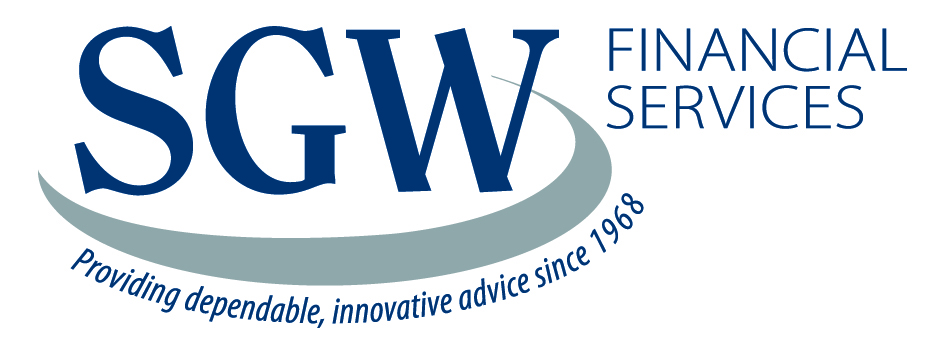Given the inherent volatility of security prices in capital markets, it is useful to remind ourselves of strategies that investors can utilise to meet their investment goals. This is important when constructing and positioning a diversified portfolio of assets, a challenge that most financial advisers face daily. Reminding ourselves of the fundamentals of portfolio construction can help investors position portfolios appropriately in times of crisis and volatility.
Exploit a long-run time horizon
Investors with a long horizon do not need short-term liquidity, giving them an edge during market sell-offs. As markets fall, long-run investors have often generated excellent returns by buying quality distressed assets across major asset classes.
Additionally, if the market rewards illiquid assets with a higher risk premium, it makes sense that investors over-allocate to such assets, as it is unlikely that they will need to sell during bouts of market volatility. Pockets of traditional asset classes like corporate bonds, small-cap equity, and emerging market equity offer the opportunity for long-run investors to generate superior returns over time.
Whilst many would like to describe themselves as long-term investors, this time horizon can shorten very quickly. During financial and economic turmoil, both institutional and individual investment horizons tend to shorten due to immediate cash flow needs or because of psychological factors. The last thing that any investor wants to do is sell an asset into a volatile and illiquid market, where bid–offer spreads can widen materially, and asset prices can fall well below fair value.
The free lunch
Diversification is the rare free lunch available for all investors: it can reduce portfolio volatility without reducing its return. A key challenge to achieving diversification is reducing the dominance of equity risk in a balanced portfolio. Even if diversification tends to fail in crises (as correlations spike across asset classes), it can still be useful in the long run. This matters more for long-run investors who face less liquidation pressure during market drawdowns.
Most portfolios have positive exposures to the equity market and to economic growth. This directional risk is difficult to diversify away, making those assets with a negative correlation to equities a valuable addition. Despite yields being at all-time lows, cash and high-quality government bonds and gold can play an important role to play in most portfolios.
Diversification, of course, has limitations, one of which is the tendency for correlations to approach one during crises. Many good fund managers distinguish themselves by managing downside risk instead of just relying on diversification. A strong risk management framework and avoidance of large drawdowns is key in generating good long-run compounded returns.
Risk-free is return-free
Developed market central banks have taken the actions that they have with a defined monetary policy transmission mechanism in mind. One of the channels of monetary policy is the asset prices and wealth channel, with lower interest rates and quantitative easing expected to spur demand for higher risk assets. Risk-free assets like cash and government bonds no longer generate a positive inflation-adjusted yield and are return-free. Long-run investors can position for ‘the portfolio rebalancing effect’ that is likely to dominate investment flows in the next decade.
Expected portfolio returns can be improved by increasing the weight of the most volatile asset class. The classic approach is to raise the weight of ‘high-risk, high-return’ equities and reduce the weight of ‘low-risk, low-return’ assets such as cash and government bonds. Taking more risk in this way, and getting rewarded for it, is an easy way to boost long-run returns for investors.
Minimising costs can come at a cost
Passive investing minimises trading costs. However, some costs are worth paying. For example, buying an equity index fund costs more than investing in a bank deposit, but the equity risk premium should make the cost worthwhile in the long run. In general, investors should allocate more to active products the less they believe in market efficiency. Minimising costs is not always smart; being cost-effective and avoiding wasteful expense is.
The importance of being selective
Market outperformance – through the compounding of returns – can help investors increase their ability to achieve their financial goals. Excess returns can be an important driver of wealth creation, and actively managed funds offer the opportunity to outperform the market. Even seemingly small amounts of excess return can lead to significantly better outcomes.
Over the intermediate term, asset performance is often driven largely by cyclical factors tied to the state of the economy, such as corporate earnings, interest rates, and inflation. The business cycle, which encompasses the cyclical fluctuations in an economy over many months or a few years, can, therefore, be a critical determinant of market returns.
As volatility is ever-present in capital markets, protection in the form of safe-haven assets and portfolio diversification will be increasingly important for investors. However, investors must now acknowledge that returns from defensive assets will likely be far less than historic averages. Due to central bank action, riskier asset classes like equities appear likely to attract increasing inflows over the coming decade. The traditional methods of portfolio construction – a long-run horizon, diversification, cost-control, and active investing – remain the best approach to generating sustainable long-run returns.
To find out more about diversifying your investments, please call us on 02 6947 2866.
Source:
Reproduced with permission of Fidelity Australia. This article was originally published at https://www.fidelity.com.au/insights/investment-articles/strategies-for-long-term-investing/
This document has been prepared without taking into account your objectives, financial situation or needs. You should consider these matters before acting on the information. You should also consider the relevant Product Disclosure Statements (“PDS”) for any Fidelity Australia product mentioned in this document before making any decision about whether to acquire the product. The PDS can be obtained by contacting Fidelity Australia on 1800 119 270 or by downloading it from our website at www.fidelity.com.au. This document may include general commentary on market activity, sector trends or other broad-based economic or political conditions that should not be taken as investment advice. Information stated herein about specific securities is subject to change. Any reference to specific securities should not be taken as a recommendation to buy, sell or hold these securities. While the information contained in this document has been prepared with reasonable care, no responsibility or liability is accepted for any errors or omissions or misstatements however caused. This document is intended as general information only. The document may not be reproduced or transmitted without prior written permission of Fidelity Australia. The issuer of Fidelity Australia’s managed investment schemes is FIL Responsible Entity (Australia) Limited ABN 33 148 059 009. Reference to ($) are in Australian dollars unless stated otherwise.
© 2022. FIL Responsible Entity (Australia) Limited.
Important:
This provides general information and hasn’t taken your circumstances into account. It’s important to consider your particular circumstances before deciding what’s right for you. Any information provided by the author detailed above is separate and external to our business and our Licensee. Neither our business nor our Licensee takes any responsibility for any action or any service provided by the author. Any links have been provided with permission for information purposes only and will take you to external websites, which are not connected to our company in any way. Note: Our company does not endorse and is not responsible for the accuracy of the contents/information contained within the linked site(s) accessible from this page.

